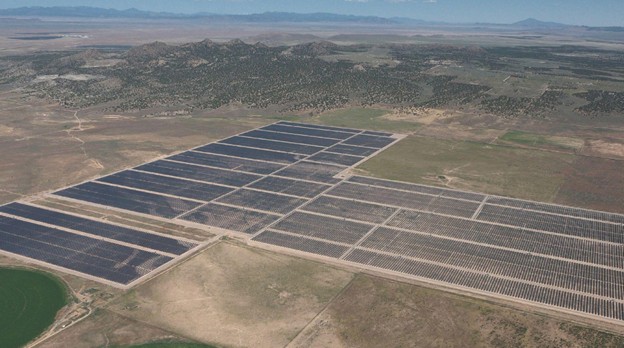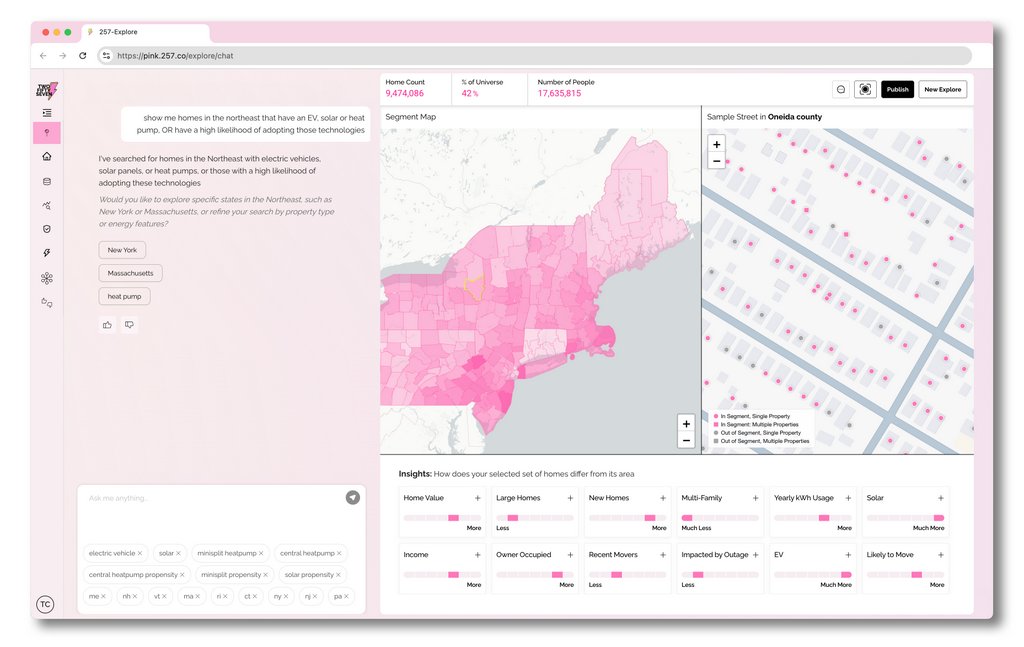Solar Jobs Census: One out of every 50 new U.S. jobs was in solar in 2016
The American solar workforce grew at a historic pace in 2016, a year when one out of every 50 new U.S. jobs was in the solar industry, according to the new National Solar Jobs Census 2016, the seventh annual report on solar employment issued by The Solar Foundation.
The National Solar Jobs Census 2016 found that solar industry employment growth outpaced the overall U.S. economy by 17 times as it increased by over 51,000 jobs, for a total of 260,077 U.S. solar workers. The solar workforce grew by 25 percent over 2015, the largest annual growth percentage since The Solar Foundation’s first National Solar Jobs Census was released in 2010.
Top states
The number of solar jobs increased in 44 of the 50 states in 2016, showing that solar industry growth is truly a nationwide phenomenon. The state with the highest total number of solar jobs in 2016 was California, followed by Massachusetts, Texas, Nevada, and Florida. Head here for the complete list.
“With a near tripling of solar jobs since 2010, the solar industry is an American success story that has created hundreds of thousands of well-paying jobs,” said Andrea Luecke, President and Executive Director of The Solar Foundation. “In 2016, we saw a dramatic increase in the solar workforce across the nation, thanks to a rapid decrease in the cost of solar panels and unprecedented consumer demand for solar installations. More than ever, it’s clear that solar energy is a low-cost, reliable, super-abundant American energy source that is driving economic growth, strengthening businesses, and making our cities smarter and more resilient.”
What type of jobs?
Solar job growth in 2016 took place in all job sectors, including a 26 percent growth in manufacturing companies to 38,121 jobs nationwide. Installation jobs increased by 14 percent to a total of 137,133 jobs. Project development jobs increased by 53 percent to 34,400 jobs, while sales and distribution jobs increased by 32 percent to 32,147 jobs.
“Solar is an important part of our ever expanding clean energy economy in Massachusetts, supporting thousands of high-skilled careers across the Commonwealth,” said Massachusetts Governor Charlie Baker. “Through the continued development of solar incentive programs, Massachusetts is positioned to double the amount of solar for half the cost to ratepayers and maintain our position as one of the best states in the country for energy diversity.”
Minority hiring
Nine percent of solar workers nationwide are veterans, compared to 7 percent in the overall U.S. workforce. Census 2016 also found that the percentage of solar workers who are women increased from 24 percent in 2015 to 28 percent in 2016, the percentage of African-American solar workers increased from 5 percent to 7 percent, and the percentage of Latino/Hispanic solar workers increased from 11 percent to 17 percent.
“It’s really a wide range of people that get hired into this industry, everybody from certified and licensed engineers to those who first learned about a solar project when we were building one in their area,” said George Hershman, Senior Vice President and General Manager at Swinerton Renewable Energy. “A great aspect of this business is that it isn’t an exclusionary trade. It’s a teachable job that can create opportunity for people and give them a skill.”
“Renewable energy use translates to bottom-line benefits such as lower and more stable energy costs for GM in the long term,” said Rob Threlkeld, Global Manager of Renewable Energy at General Motors. “With more than 67 megawatts of solar housed at 24 facilities across the globe, we see the power of sunshine as an integral part of becoming a more sustainable company.”
“As one of the world’s largest owners of rooftops, Prologis is committed to leveraging its portfolio and capabilities to host solar and other clean energy technologies,” said Matt Singleton, Vice President for Global Energy and Development at Prologis. “As of year-end 2016, nearly 165 MW of rooftop solar is hosted within our global portfolio of modern industrial real estate assets. Increased solar deployment is one important tool in working to address climate change, and one that simultaneously spurs job creation, as shown by The Solar Foundation’s National Solar Jobs Census.”






Comments are closed here.